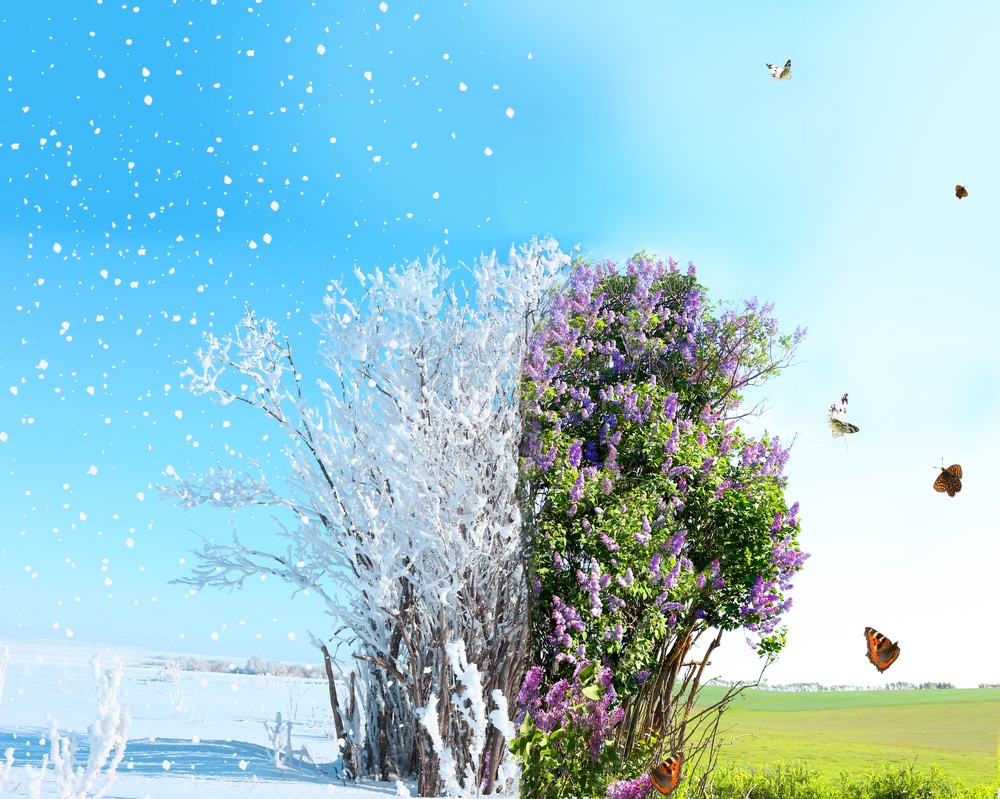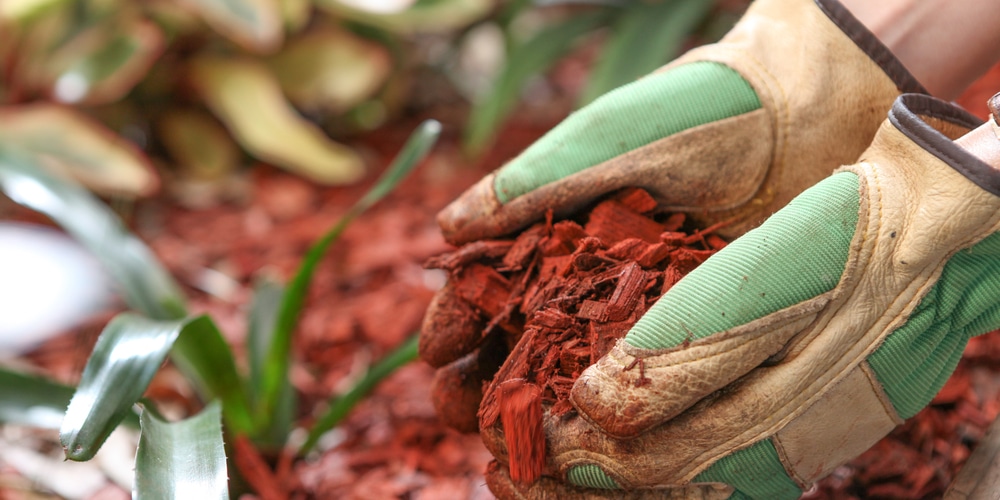Lilac is the common name for the species of a flowering plant scientifically known as Syringa vulgaris. While this plant is renowned for its beauty during the springtime, it can withstand winter temperatures if cared for properly.
Read on to learn more about providing lilac proper care and protection during the winter months.
Caring for Lilac Plants in Winter
A common misconception is that plants won’t thrive during the winter. On the contrary, lilacs require the cold for a short time to set the buds for flowering in the spring.
Caring for your lilac bush in winter ensures that your plant will be ready to thrive during the spring.
The only concern with keeping lilacs alive during the winter is ensuring the plants stay hydrated. The winter season has dry winds and frozen ground due to the possibility of snow in your region.
Even though the temperature will be cold, winter days bring sunshine during their short days. These days are the right time for watering the root area of your lilac plants.
Winterizing Lilac Roots
Knowing how to take care of your lilac bush in winter means protecting the roots at all costs. Here are tips for winterizing lilac roots to ensure you take care of lilac bushes in winter.
Mulch
One trick to help you protect your lilac roots is adding mulch around your plant’s base. Mulch will keep the roots warm. In addition, it acts as a protective barrier from the cold.
When the temperature drops, there’s a chance that roots will heave. Heaving means that the roots penetrate through the surface of the soil. Winter heave occurs when the roots are exposed to the freezing and thawing ground.
Soil
Another trick to help you protect your lilac roots is by planting the roots in well-drained soil. Using well-drained soil is the key to preventing frozen water from damaging the roots. If your lilac is in clay like soil, the icy water damages the roots, it will kill the entire plant. Without living roots, your lilac plant can’t survive.
Watering
Before the weather gets too cold, soaking the entire lilac bush before the ground has a chance to freeze protects the roots. Since lilacs are known for being able to withstand colder temperatures than most plants, they require minimal winter care.
However, the bloom will be better in the long run if lilac bushes are watered occasionally during the winter.
It’s also important to track your region’s winter temperatures so that you don’t water your lilac bushes in winter when it’s close to freezing temperature.
Cover Lilac Bushes in Winter
Broken branches can be a common occurrence during the winter. Snow and ice piling on the branches can damage them, and harsh winds snap the branches.
The type of cover to use on your lilac bush in winter depends on the size of your lilac bush.
Burlap wraps cover your lilac bushes in the winter. However, wood is not the proper way to cover larger lilac bushes.
Planks of wood prevent mold from growing while protecting the plant from snowstorms and heavy rain. As a result, fungus and other diseases are more likely to be infected in lilacs than in other plants.
Final Thoughts
Taking care of lilac bushes in winter may seem impossible, but knowing what threats to look for and what preventive measures to take will help your plants prosper.
Keep in mind that if your lilacs are having problems during the winter, you may need to try different ways to protect them, so they grow healthy and beautiful.

